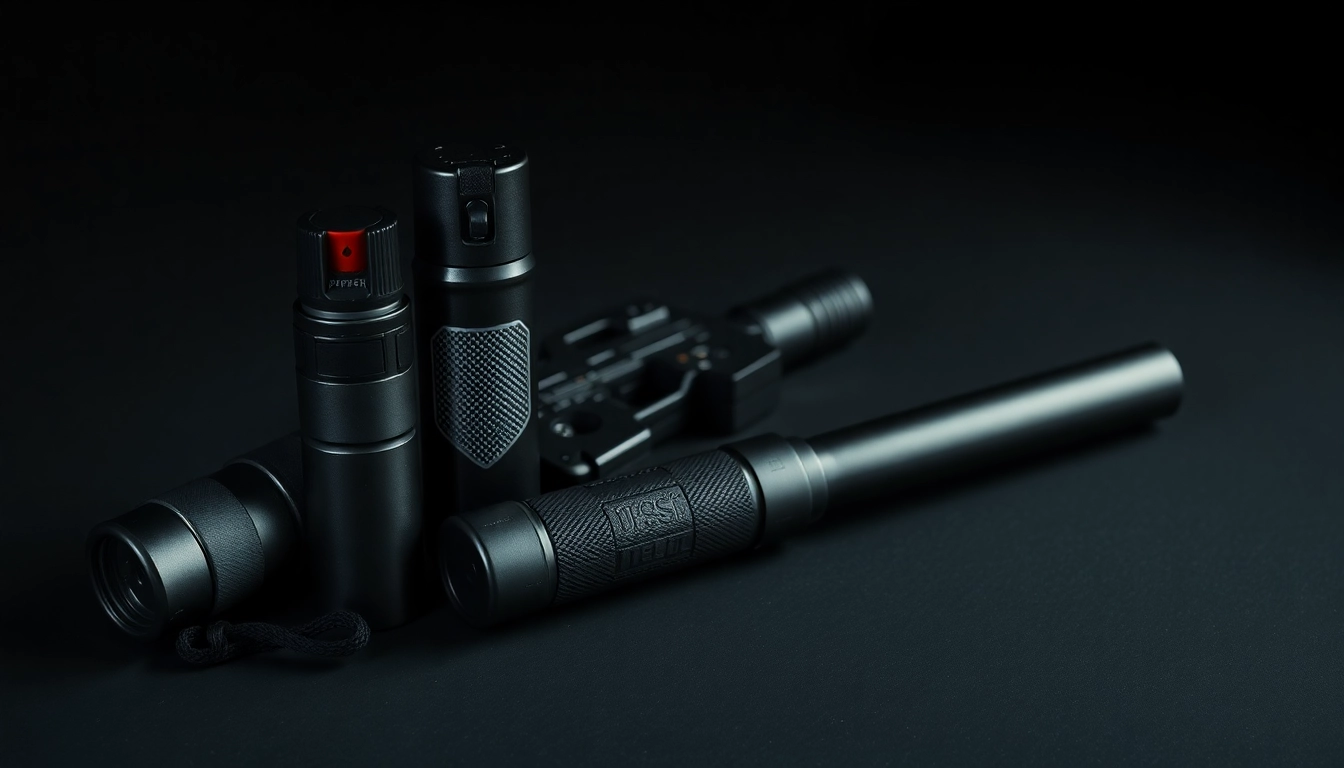Introduction: The Growing Significance of Bitcoin Mining
In the rapidly evolving landscape of cryptocurrencies, bitcoin mining remains a cornerstone activity that underpins the security and decentralization of the blockchain network. As the digital economy expands, more entrepreneurs and tech enthusiasts are drawn to the lucrative potential of mining bitcoin. Whether you’re a seasoned investor or a newcomer exploring opportunities, understanding the intricacies of bitcoin mining hardware and operations is essential.
For those interested in starting or optimizing a mining setup, bitcoin miner hardware plays a pivotal role in achieving efficient and profitable results. This comprehensive guide delves into the fundamental aspects of bitcoin mining, the hardware options available, and expert strategies for maximizing your mining profitability.
Understanding Bitcoin Mining and Hardware Basics
What is a Bitcoin Miner and How Does It Work?
A bitcoin miner is a device or system that performs the computational work necessary to validate transactions and add new blocks to the blockchain. Mining involves solving complex mathematical puzzles—specifically, cryptographic hash functions—that require substantial computing power. When a miner successfully solves a puzzle, they earn newly created bitcoins along with transaction fees, contributing to the decentralized maintenance of the network.
This process, known as proof-of-work, ensures the integrity and security of the blockchain. The miners compete in a global race, utilizing specialized hardware to outpace each other in solving these cryptographic challenges.
To better understand the hardware involved, explore options such as those highlighted at leading providers like BITMAIN, a recognized leader in crypto mining equipment manufacturing.
Key Components of Bitcoin Mining Hardware
The effectiveness of a bitcoin mining operation hinges on several crucial hardware components:
- Processing Units: These are the core of mining hardware, performing the hashing computations. Modern miners use either ASICs or GPUs depending on mining goals and budget.
- Hash Boards: Circuit boards housing multiple chips, responsible for executing hashing algorithms at high speeds.
- Power Supply Units (PSUs): Provide stable and efficient electrical power tailored to the hardware’s demands, crucial for minimizing energy waste and ensuring reliability.
- Cooling Systems: Miners generate significant heat. Effective cooling—via fans, liquid cooling, or other methods—is essential for maintaining hardware longevity and operational efficiency.
- Connection Interfaces and Mounts: Ensure hardware connectivity and secure installation in mining rigs or racks for optimal airflow and safety.
Differences Between ASIC and GPU Miners
When choosing hardware, understanding the fundamental differences between ASIC (Application-Specific Integrated Circuit) and GPU (Graphics Processing Unit) miners is vital:
| Criteria | ASIC Miners | GPU Miners |
|---|---|---|
| Purpose | Designed exclusively for specific algorithms like SHA-256 used in Bitcoin | General-purpose processors, versatile for multiple cryptocurrencies and algorithms |
| Efficiency | Higher hash rates with lower power consumption per unit of work | Lower efficiency; higher energy costs for comparable performance |
| Cost | Typically more expensive upfront but more cost-effective long-term | Cheaper initially, but less efficient, leading to higher operational costs |
| Flexibility | Limited; optimized for specific algorithms | More flexible; can mine various altcoins and algorithms |
| Market Use | Dominant in Bitcoin mining due to efficiency | Popular among hobbyists and miners focusing on multiple cryptos |
In the context of Bitcoin, ASIC miners dominate due to their speed and energy efficiency. Notable models include the Bitmain Antminer series, which exemplify high-performance hardware tailored for Bitcoin mining.
Factors to Consider When Purchasing a Bitcoin Miner
Mining Efficiency and Hash Rate
Efficiency and hash rate are primary considerations when selecting mining hardware. Hash rate indicates the device’s computational power, usually measured in terahashes per second (TH/s). Higher hash rates mean more attempts per second to solve cryptographic puzzles, increasing productivity. However, high hash rate hardware must be balanced with energy consumption to avoid diminishing returns.
Mining efficiency is often expressed as energy consumption per unit of hash rate, such as joules per TH (J/TH). Lower J/TH signifies a more efficient miner, reducing operational costs, especially as electricity prices vary. For example, a miner with a hash rate of 100 TH/s consuming 3,000 watts has an efficiency of 30 J/TH, which is competitive in the industry.
It’s crucial to evaluate current hardware models, such as the Antminer S19 Pro, which boasts a hash rate of approximately 110 TH/s with an energy efficiency of around 29 J/TH, making it a popular choice among large-scale mining farms.
Power Consumption and Energy Costs
Electricity expenses constitute a significant portion of mining costs. Selecting hardware with optimal energy efficiency directly impacts profitability. For instance, in regions with high electricity rates, investing in miners with lower J/TH becomes imperative.
Additionally, implementing energy-saving strategies—such as cooling optimizations, power management software, and renewable energy sources—can significantly reduce costs. For example, mining in regions with abundant hydroelectric power, like parts of the Pacific Northwest, dramatically enhances profit margins.
Price Point and Return on Investment
The initial investment in mining hardware varies widely based on hardware specifications and brand. High-performance ASICs like the Bitmain Antminer S19 series can cost thousands of dollars but offer rapid ROI due to their superior hash rates and efficiency.
When evaluating price points, consider not just the purchase price but also operational expenses, maintenance costs, and the projected bitcoin price. Conducting a detailed ROI calculation using current difficulty levels and electricity costs helps determine the profitability timeline. For example, a miner costing $5,000 with monthly operational costs of $200 and a daily mining output that yields $25 in revenue could achieve ROI within a few months, depending on bitcoin’s market fluctuations.
Setting Up Your Bitcoin Mining Operation
Selecting the Right Location and Hardware
Optimizing your mining operation starts with choosing an ideal location. Factors include:
- Electricity Costs: Prioritize regions with low or renewable energy sources to maximize profitability.
- Climate: Cooler climates reduce cooling costs and hardware overheating risks.
- Regulatory Environment: Ensure compliance with local regulations to avoid legal issues.
Hardware selection depends on your mining goals. For large-scale operations, enterprise-grade ASIC miners like the Antminer S19 XP or WhatsMiner M30S++ offer high throughput. Hobbyists or small miners might consider more affordable options, such as compact miners or cloud mining services.
Configuring and Optimizing Mining Software
Proper software setup is vital for maximizing efficiency. Popular mining platforms like NiceHash offer user-friendly interfaces for managing your hardware and monitoring mining performance.
Configuration involves:
- Choosing a mining pool that offers stable payouts and low fees.
- Setting up mining protocols compatible with your hardware (e.g., Stratum).
- Adjusting overclocking and fan speeds to optimize performance without risking hardware damage.
- Implementing remote monitoring and automated alerts for hardware issues.
Maintenance and Troubleshooting Tips
Regular maintenance extends hardware lifespan and maintains optimal performance:
- Clean dust from fans and heat sinks periodically.
- Ensure adequate cooling and ventilation.
- Update firmware and mining software regularly.
- Monitor hardware temperatures to prevent overheating.
- Implement backup power supplies to prevent downtime during outages.
Troubleshooting common issues such as connectivity problems, inconsistent hash rates, or hardware failures requires systematic approaches, including testing components, reviewing logs, and consulting manufacturer support.
Maximizing Profitability with Your Bitcoin Miner
Monitoring Performance Metrics Effectively
Continuous monitoring assures your operation remains profitable. Use tools like mining dashboards (e.g., NiceHash or bespoke monitoring software) to track:
- Hash rate consistency
- Power consumption
- Temperature and fan speeds
- Pool payout status
- Hardware error rates or failures
Analyzing these metrics allows prompt adjustments to preserve efficiency and profitability.
Strategies for Increasing Mining Efficiency
Enhance efficiency through:
- Overclocking hardware within safe limits to boost hash rates.
- Implementing advanced cooling solutions to prevent thermal throttling.
- Joining mining pools that offer better payout structures.
- Utilizing energy sources with lower costs or greener options.
- Investing in newer, more efficient hardware as technologies advance.
Keeping Up with Industry Trends and Hardware Upgrades
The mining industry evolves rapidly, with new hardware models promising higher efficiency and performance. Staying informed through industry news, such as CoinDesk’s recent reports on efficiency milestones or AI-driven mining advancements, allows you to make timely upgrades. Adopting the latest ASICs often results in better profitability and resilience against increasing mining difficulty.
Additionally, participating in mining forums and following official manufacturer announcements helps in planning future hardware acquisitions.
Safety, Legal, and Environmental Considerations
Ensuring Safe Operation and Handling
Safety protocols are critical, particularly given high power consumption and heat generation:
- Use proper electrical wiring and circuit protection to prevent short circuits or fires.
- Handle hardware carefully to avoid static damage or physical injury.
- Maintain adequate ventilation and fire suppression systems in your mining facility.
Understanding Cryptocurrency Regulations
Regulatory environments vary widely. Some regions provide supportive frameworks, while others impose restrictions or bans on cryptocurrency activities. It’s vital to research local laws regarding:
- Taxation of mined bitcoin
- Licensing and registration requirements
- Energy usage restrictions
- Reporting obligations
Consulting legal experts ensures compliance and avoids penalties.
Reducing Environmental Impact and Energy Use
As environmental concerns grow, the industry faces increased scrutiny. Strategies to minimize ecological impact include:
- Using renewable energy sources such as solar or hydroelectric power.
- Implementing energy-efficient hardware and cooling innovations.
- Locating mining farms in regions with abundant clean energy.
- Participating in initiatives that promote sustainable mining practices.
Sustainable mining practices not only reduce environmental footprint but can also lead to cost savings and a positive industry reputation.


